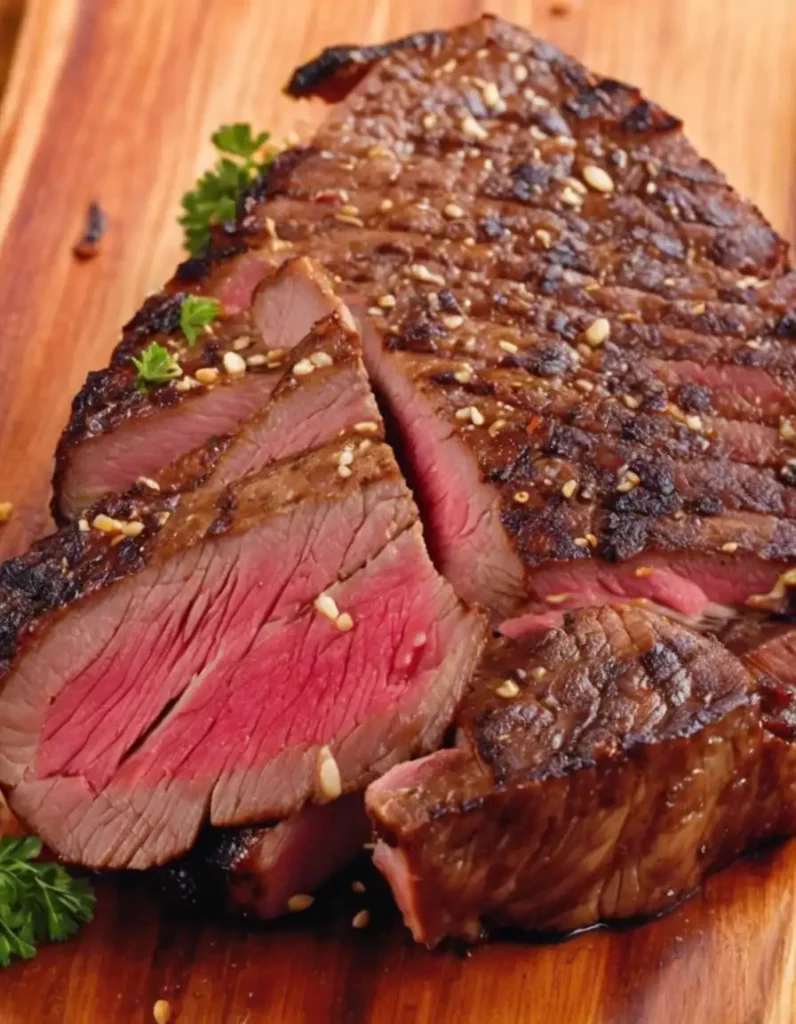
Picanha is a distinctive beef cut known for its thick layer of fat that covers the top. While it has long been a favorite in Brazilian steakhouses, its worldwide recognition is relatively new and has grown alongside the spread of these meat-centric dining spots. This cut has demonstrated significant potential with its perfect balance of tenderness and texture. The marbling delivers excellent flavor and texture, paired with the characteristic fat cap that further enhances its appeal. With increasing curiosity about this distinct cut, we aimed to offer you comprehensive insights on picanha, consulting experts for their valuable perspectives.
We reached out to Wrangell Theodora, the owner of Theodora’s Butcher Gourmand in Cosset, Massachusetts—an artisanal butcher shop with a European flair. As a third-generation butcher raised in Brazil, Theodora has deep knowledge of meat and first-hand experience with Brazilian BBQ traditions, including picanha. Additionally, we spoke with Chef David Rose, an executive chef at Omaha Steaks who frequently appears on culinary shows. Rose draws inspiration from the American South and his Jamaican roots, while his expertise in steak preparation made him an ideal advisor on the best methods for cooking this cherished cut.
What is picanha?

Picanha is a distinct beef cut intimately tied to churrasco, a traditional Brazilian barbecue style. Rosangela Teodoro notes that it is cut from the top of the rump and can be identified by a notable thick layer of fat atop the steak. David Rose complements this by stating that it is also referred to as sirloin cap roast or coulotte steak. Known for its consistent texture, this cut marries tenderness with a robust, meaty flavor. Teodoro comments, “Where other cuts might be lean or tough, picanha boasts juiciness and distinct character, which makes it highly favored for grilling.”
Rose mentions this cut may be harder to locate, yet the effort required to find it is greatly rewarded. He emphasizes that picanha is “considered a delicacy in Brazilian steakhouses and is gaining popularity in the United States.” Places like Omaha Steaks carve it from beef that has undergone at least 30 days of aging.
According to Teodoro, picanha’s versatility makes it suitable for several cooking methods while consistently yielding excellent results. She also emphasizes that its most appealing characteristic is the fat cap that melts and self-bastes the meat during cooking, ensuring a tender cut full of flavor.
Prep and season the steak before cooking

Before selecting your preferred method to cook picanha, begin by preparing the steak to improve its texture and flavor. Once you’re ready to proceed, pat the steak dry to eliminate surface moisture. Chef David Rose suggests using a sharp knife to create a crosshatch pattern on the fat cap initially. Doing so will enable the fat to render more effectively, resulting in a crispier finish.
With the steak ready, the next step is seasoning. Rose favors a traditional approach, using a generous amount of salt and pepper. On the other hand, Rosangela Teodoro encourages getting creative by experimenting with your favorite marinades and spices. She also advises smoking the steak for added flavor, noting that “many people enjoy rubbing it with garlic and herbs before cooking to enrich the flavor further.”
Grilling is the classic method

While there are numerous ways to cook picanha, grilling remains a classic and beloved method according to our experts. “The smoky, charred flavors imparted by a grill’s direct flame are unparalleled,” says David Rose, who also notes that grilling can easily be accomplished on a gas stove. Rose begins by cleaning and seasoning the grates, then places the steak with its fat cap facing down. He advises searing it for five minutes on each side before moving it to a cooler part of the grill. For a rare steak, he suggests frequent turning and grilling for about 35 minutes; for medium-rare, extend it to 40 minutes. It’s crucial to remember that meat keeps cooking after it’s off the grill, so it’s best to remove the steak when it’s about 10 degrees lower than your target temperature.
Rosangela Teodoro champions grilling over an open flame as the best way to prepare picanha. “This approach brings out smoky flavors that wonderfully enhance the fat cap’s richness,” she explains. She prefers to cut thick steaks, retaining the fat, and then grill each side for about five minutes, adjusting based on preferred doneness. However, she advises preparing it medium-rare, cautioning that cooking it beyond could lead to toughness and chewiness.
You can also try pan-searing

Aside from grilling, pan-searing is an excellent method for cooking picanha. Rosangela Teodoro recommends this technique if you’re looking for a beautifully crisp crust.
To proceed with this method, begin by heating a stainless steel or cast-iron skillet on high heat. Ensure your steaks are prepared and seasoned beforehand. Place the steak in the pan with the fat side down first. This technique allows the fat to slowly render and create a delicious crust. Once the desired crisp layer is achieved, turn the steak over to cook the other side. Chef David Rose points out that each side should be given equal time for a uniform sear. As Teodoro notes, if the steak is thick, you can finish cooking it in the oven at approximately 180°C (350°F) for a few minutes to achieve medium-rare.
Reverse sear is an acceptable technique

Reverse searing is an excellent method for preparing picanha, known for its foolproof and slow-cooking nature — especially beneficial for thicker steaks, preventing overcooking or undercooking. This technique reverses the traditional method by starting in the oven and finishing with a pan sear.
As David Rose highlights, reverse searing is a common method often applied to various cuts, ideally suited for those less confident with grilling or skillet techniques. He emphasizes caution during the pan searing, ensuring to sear just enough for a perfect brown crust.
According to Rosangela Teodoro, reverse searing is perfect for picanha if you seek better control over doneness. She suggests maintaining a low oven temperature to achieve even cooking, advising to sear the steak in a hot pan when it’s slightly below medium-rare before searing. Teodoro assures that this method results in a steak that’s perfectly cooked with a crisp, beautiful crust.
Use your oven to cook picanha

Instead of using the reverse sear method, you can also cook picanha traditionally by first searing, then finishing it in the oven. Chef David Rose recommends preheating the oven to 250 degrees Fahrenheit. Start by preparing the steak, then sear it for three to five minutes in a preheated large skillet, using canola, avocado, or olive oil to prevent sticking. After achieving the desired crust, transfer the steak to a foil-lined baking sheet and cook slowly until it reaches your preferred doneness level. Chef Rose advises cooking it at a lower temperature for better results, suggesting approximately 1 hour and 10 minutes at about 135 degrees for rare steak. For medium-rare, keep the oven between 135 to 140 degrees Fahrenheit for 1 hour and 15 minutes.
Rosangela Teodoro offers an alternate approach. She notes that in the U.S., picanha is often cut in half, requiring less cooking time. Following the searing process, she recommends baking it at 350 degrees Fahrenheit, which should not exceed 15 minutes to achieve medium-rare perfection. This technique, she claims, is the best for a tender and perfectly cooked steak.
Sous-vide method is another good option for cooking picanha

If you’re not familiar with sous-vide, it’s best described as a culinary method involving the slow cooking of vacuum-sealed food in a water bath. This classic French technique guarantees a consistent temperature and dependable results, helping you avoid the typical pitfalls of steaks being undercooked or overcooked. To get started, all you need is a basic sous-vide machine and some plastic pouches for safely sealing the food. Set the desired temperature, and the machine will handle the cooking process.
While not traditionally used, you can apply the sous-vide method to cook picanha. According to Rosangela Teodoro, “Picanha works wonderfully with sous-vide cooking, particularly if you’re aiming for melt-in-your-mouth tenderness.” She recommends setting the temperature to 129 degrees Fahrenheit and leaving it for about 2 hours, followed by searing the steak. Teodoro explains that this cooking method gradually renders the fat, significantly enhancing the flavor.
Despite acknowledging the suitability of sous-vide for picanha, Chef David Rose believes the method is better suited for other cuts. His preference for picanha leans towards grilling, roasting, or smoking. Should you choose this method, Rose emphasizes the importance of ensuring the fat side is down and maintaining precise temperature control.
Recreate traditional style by opting for rotisserie method

In South America, picanha is customarily prepared using the rotisserie technique. Initially, the cut is divided into thick slices and threaded onto lengthy metal skewers. These skewers are then suspended over an open flame, allowing the meat to cook gradually until it’s thoroughly done.
Rosangela Teodoro asserts that this method is traditional in her homeland and highly recommends attempting it at home if you possess the appropriate equipment. She highlights this process as extraordinary as it facilitates the gradual rendering of fat, which bastes and retains the meat’s juicy and flavorful characteristics. Additionally, it forms a fantastic, crispy crust while the core stays tender and moist.
Chef David Rose also endorses the rotisserie method. He underscores the significance of ensuring accurate internal temperature to ascertain the steaks are perfectly cooked. Rose suggests you might consider searing the steaks first to secure the natural juices within. He also advises maintaining vigilance to ensure even cooking of the steaks on both sides.
Cover it in salt crust

A well-known culinary technique involves enclosing fish or meat in a thick salt crust, which can be expertly applied to picanha for truly impressive results. Typically, this method calls for combining salt with a bit of flour and egg whites, forming a stable mixture that can be evenly spread along the bottom, sides, and top of the meat. Once the picanha is fully coated, it is roasted in a preheated oven at 400 degrees Fahrenheit for around 30 minutes. The salt layer acts as a barrier, preventing the beef from drying out and preserving all its flavorful juices, resulting in tender and juicy meat.
For an adventurous twist, try using different types of salt instead of common table salt. Flavored salts offer an excellent choice for seasoning picanha. You might select a version infused with herbs for a botanical and earthy nuance, or choose smoked salt if you prefer your steaks with a hint of smokiness. You can find flavored salts ready-made in stores or start with plain salt and enhance it by adding flavors that complement beef.
Make it into burgers
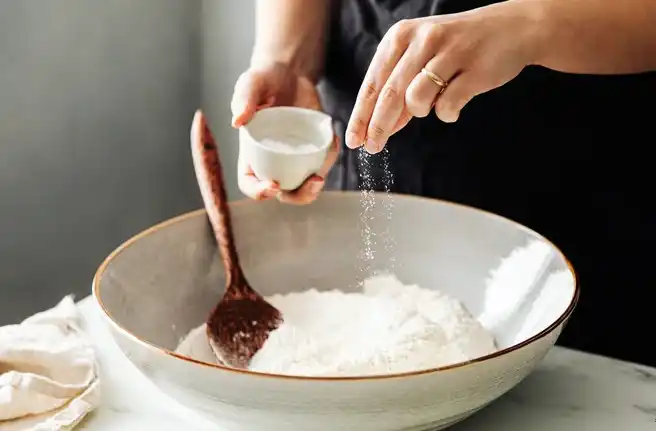
One of the unconventional methods of cooking picanha is transforming it into a succulent burger. Both David Rose and Rosangela Teodoro agree that the perfect balance of fat to meat in this cut makes it ideal for such a dish. David Rose states that using picanha steak for burgers is an excellent idea. However, he advises first-timers to opt for something more classic, like roasting, which also offers the advantage of having enough leftovers to fill tacos or quesadillas.
Teodoro believes that picanha would create “an outstanding burger” due to its higher fat content, which enhances flavor and helps keep the burger juicy. She also suggests grinding the picanha at home to accurately control the fat-to-meat ratio. According to Teodoro, the resulting burger would have “a rich, beefy taste that shines through, requiring only minimal seasoning.”
Smoke it
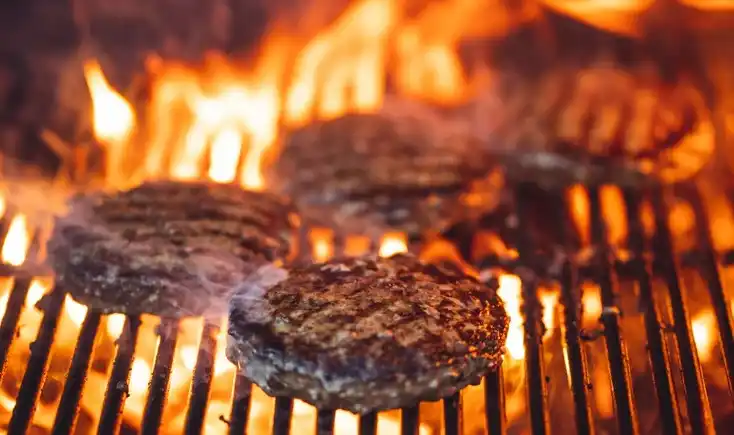
If you’re lucky enough to have a smoker at home, you’ll be glad to learn that picanha is ideal for this method of cooking. To achieve optimal results, use the entire cut of meat. Season it to your liking, give it enough time in the smoker, and you’ll end up with a wonderfully cooked piece that embodies sweet, smoky flavors.
Chef David Rose provides guidance on this. He recommends setting the smoker to a temperature of 250 degrees Fahrenheit and preparing the steak as advised. He mentions starting with the fat cap facing down and then flipping it after 30 minutes. The duration and temperature for smoking will vary based on your desired doneness. If you’re aiming for rare picanha, maintain a temperature between 125 and 135 degrees and smoke it for around an hour and 20 minutes. To cook it to medium-rare, the temperature should be between 135 and 140 degrees, and you should smoke it for an hour and 30 minutes.
Don’t rest picanha for too long

Anyone who has prepared steak at home likely knows about the step of letting the steak rest post-cooking. This process helps ensure the meat remains juicy and tender by allowing its juices to be evenly distributed and preserved. Cutting into it prematurely can cause these juices to escape, potentially making the meat dry and tough. There is a debate among our experts on whether picanha needs a resting period. David Rose advocates for it, while Rosangela Teodoro argues against it.
According to Rose, resting the picanha for 10 to 15 minutes, depending on the roast’s size, is essential for retaining its flavors and juices. On the other hand, Teodoro insists that a resting period is unnecessary. She warns that allowing it to rest for too long may lead to a tough and chewy steak. “The best way to savor picanha is to serve it immediately while it’s piping hot,” she suggests. Therefore, the ideal approach may be to experiment with both methods to determine what suits your preferences. Nonetheless, avoid letting picanha rest for an extended duration.
There are various creative sides to serve with picanha
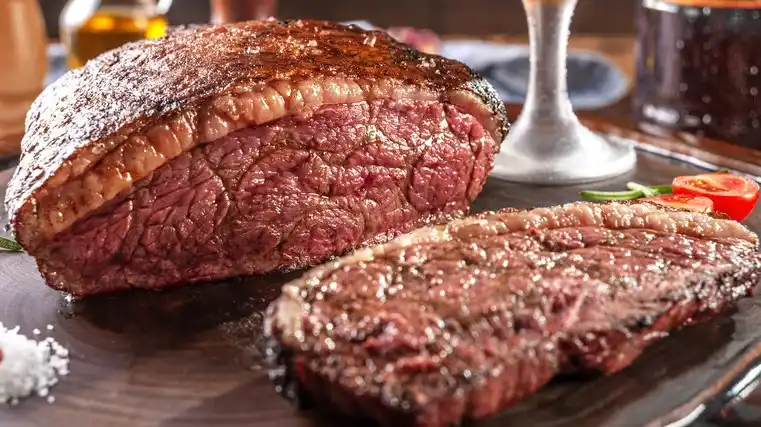
Once you’ve chosen your preferred cooking method, it’s essential to serve picanha properly. To maximize its flavors, knowing the right way to cut it and pairing it with dishes that enhance its characteristics is crucial. First, always cut the meat against the grain. According to David Rose and Rosangela Teodoro, this technique is crucial for truly savoring picanha.
For serving, you may opt for the traditional approach. Rose notes that this cut is commonly paired with farofa, describing it as “a mix of toasted cassava or corn flour with crispy bacon bits, diced onions, minced garlic, fresh parsley, and chimichurri seasoning.” Farofa is simple to make at home, with readily available ingredients. Meanwhile, Teodoro emphasizes sprinkling coarse salt over the steak according to tradition, and besides farofa, she suggests complementing it with rice and a zesty medley of tomatoes, onions, and parsley. Rose also highlights his unique pairing: grilled picanha with harissa crema, creamed corn, and tangy vinegar slaw. Whatever side dishes you select, picanha will always be the focal point of the meal, so be sure to prepare it as recommended by the experts.
Popular Cuts Of Steak, Ranked Worst To Best
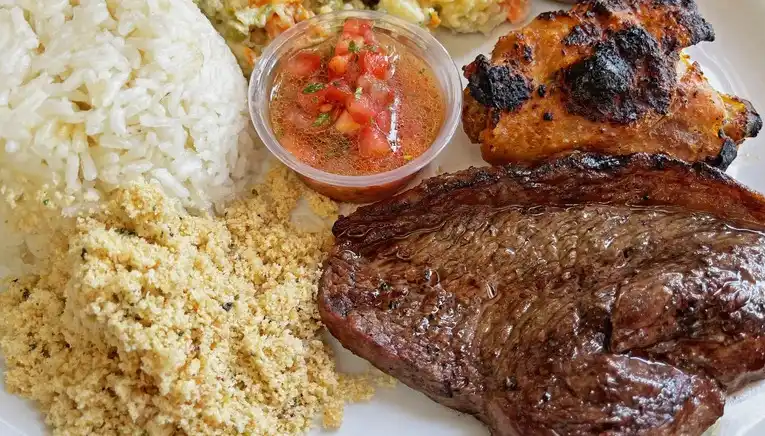
Almost everyone appreciates a well-cooked steak. Unless you’re a vegetarian or vegan, there’s truly nothing like savoring a quality piece of beef that’s been expertly grilled or pan-fried with just the right seasoning, served alongside a delicious portion of fries or potatoes. Sounds tempting, doesn’t it? The challenge, however, arises with the notion of a poorly cooked steak.
Indeed, the chasm between an outstanding steak and a subpar one can be quite significant; while the best steak might elevate your mood, the worst can equally bring it crashing down. Cooking a steak involves many potential errors: it could be overcooked or undercooked, cut into prematurely, or the wrong type of beef might be chosen from the start. With so many different cuts suitable for steaks, it’s clear that some are superior to others. Let’s explore some of the most popular steak cuts, ranking them from least to most desired.
Round Steak
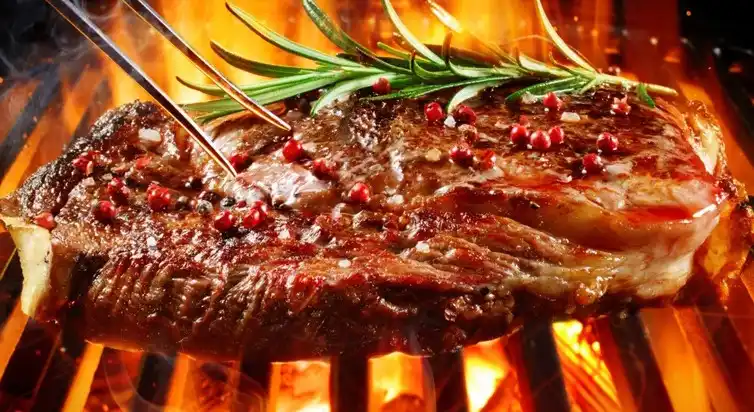
It’s important to point out that few cuts of steak are genuinely bad. Some are better than others, but most have some kind of purpose, and there aren’t many that you should genuinely avoid at all costs. Then again, there is the beef round.
The beef round is a large primal cut of the cow, mainly coming from its rear leg and rump. It’s made up of three parts — the top, the tip, and the bottom. Let’s start with the top round. It’s the most tender part of the round, though that’s not saying much, and tends to be extremely tough and lean. This cut is fantastic for roast beef or a slow cooker pot roast recipe your family will love. As a steak, however, it’s almost useless. It’s too tough, and it’s lean enough to be basically devoid of flavor.
The tip isn’t much better. Also known as sirloin tip, this lean, boneless cut might do well for a kabob or stew, but the connective tissue means that unless you braise it, it’s going to be chewy and unpleasant.
Finally, there’s the bottom round — which includes the eye of round, a cut of meat The Splendid Table once called “one of the few unredeemable cuts of meat.” Nigh-on tasteless, tougher than John Wick, and absolutely not worth your money, no matter how cheap it comes. Avoid.
Skirt Steak
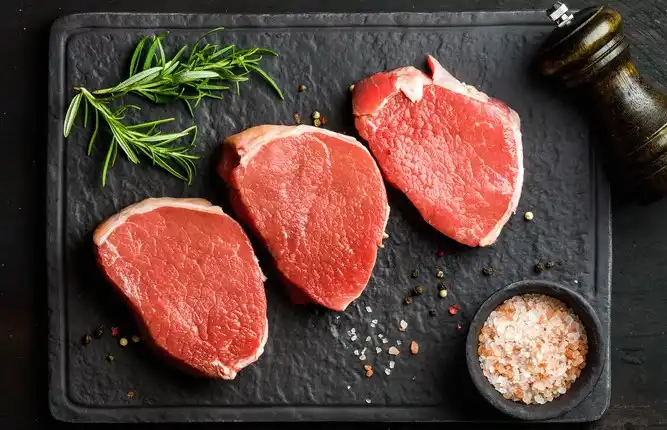
Skirt steak is derived from the cow’s plate, located within the chest and beneath the ribs. Although there are two varieties—inside and outside skirt steak—they aren’t significantly different. In stores, you’re more likely to find inside skirt steak since the outside variety is less common and harder to source.
One of the main benefits of skirt steak is its rich flavor. However, much like the round cut, it is better enjoyed sliced thin rather than as a full steak due to its toughness and heavy muscle composition. Overcooking can easily lead to disappointment, so skirt steak should ideally be cooked to rare or medium-rare.
While suitable for pan-frying, the long form of the skirt steak presents some challenges: seasoned uniformly can be tricky, and it requires quite large pans to fit without difficulty. Many find that the convenience isn’t worth the trouble. Nevertheless, a simple, three-ingredient marinade might be just the enhancement this meat cut requires to shine.
Flank Steak
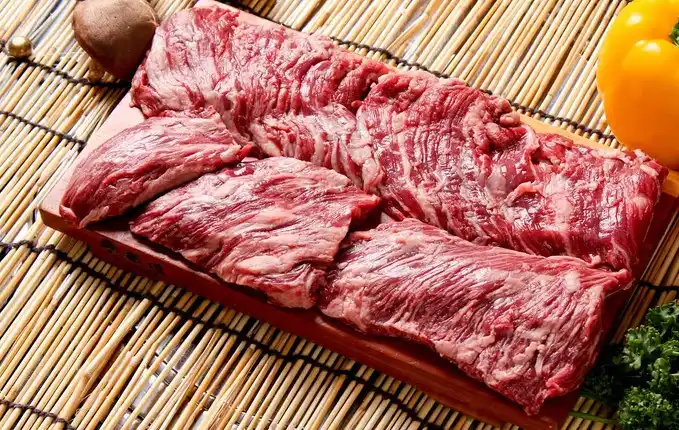
Flank steak, like skirt steak, is sourced from the underside of the cow, located just behind the plate section. Both resemble each other closely, each with their own perks, and neither significantly outshines the other. Although skirt steak is known for being flavorful but tough, flank steak offers slightly more taste but is also somewhat less tough. However, flank steak can still be tougher compared to many other beef cuts.
Ordinarily, you wouldn’t prepare flank steak as a traditional steak unless slicing it thin is your aim since it takes well to marination. Always cut against the grain to avoid chewiness.
Overall, there’s not much distinction between the two. If you’re deciding whether to choose flank steak or skirt steak, consider whether you value flavor over tenderness or the reverse. Either way, they aren’t drastically different. In most situations, opting for a different cut might be more beneficial.
Bottom Sirloin
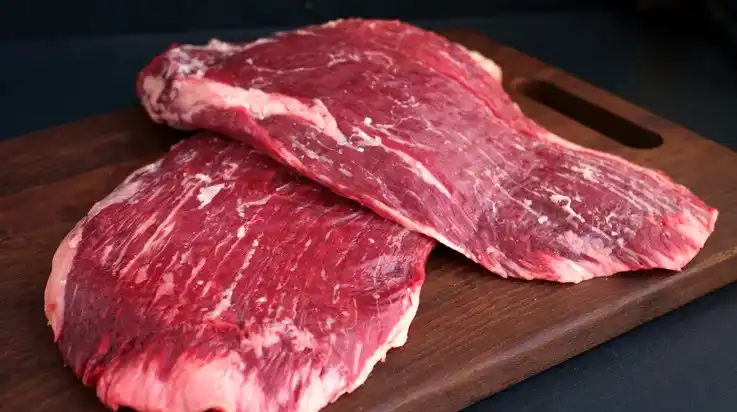
The sirloin is a highly renowned beef cut, typically divided into three main sections: the top sirloin, the bottom sirloin, and part of the tenderloin at the rear. These sections differ greatly in terms of quality, tenderness, and flavor. Generally speaking, the bottom sirloin is considered the least premium of the three.
Found near the cow’s hip, the bottom sirloin comes from the upper hip area. While it is excellent for roasting, it is usually not the preferred choice for steak unless, like when preparing flank or skirt, you slice and marinate it first. Nevertheless, even with such preparation, it often remains a bit too chewy, especially in comparison to the more tender top sirloin. Specific cuts from the bottom sirloin, such as tri-tip, ball-tip, or flap steak, are better suited for kebabs or stews.
As far as steak goes, bottom sirloin tends to be tough, chewy, and less refined. In essence, it’s unlikely to be the most exceptional steak you sample, though it can certainly find its place in your culinary exploits.
Strip Steak

Commonly referred to as the New York strip, ambassador steak, strip loin steak, Kansas City strip, club steak, or Omaha steak, the strip steak is a cut derived from the short loin, positioned near the center-top of the cow, just ahead of the sirloin. In simpler terms, the strip cut is what’s left after removing the tenderloin from the short loin. When served together, they form a T-bone or Porterhouse steak, which we’ll discuss later.
If you seek a balance between tenderness and a bit of chew, the strip steak is an ideal choice. It offers just enough resistance without being tough to eat and is rich in flavor and juiciness due to the marbling throughout the cut. However, this marbling can make strip steak somewhat pricey, and whether it’s worth the extra cost compared to other high-end cuts is up for debate.
Occasionally, you might find bone-in strip steaks, sometimes called shell or club steaks, which resemble a T-bone minus the tenderloin and offer additional flavor. They’re certainly worth considering, but anticipate paying a bit more for the added taste.
Vacio or Bavette Steak

One steak you may not be familiar with is the vacio steak, immensely popular in Argentina (and also available in the U.S.). The vacio originates from a primal section of the flank, but it differs significantly from the typical flank steak. Found underneath the loin of the cow, the vacio is cocooned by the cow’s belly, resulting in it being encased in layers of fat. It is always slowly grilled whole before being sliced, producing tender, richly flavored, and well-marbled meat that is highly sought-after. Not to be outdone, the crispy belly fat is equally prized.
In France, this cut is known as the bavette d’aloyau. Although it is the same cut of beef, the preparation is distinctively French. Individual steaks are carved from the bavette, then marinated and grilled or sautéed in butter, naturally, and served with shallot sauce and French fries. So next time you’re enjoying a glass of wine in a bistro along the Champs-Élysées and spot steak-frites on the menu, treat yourself to a dish that holds a special place on both sides of the Atlantic.
Top Sirloin
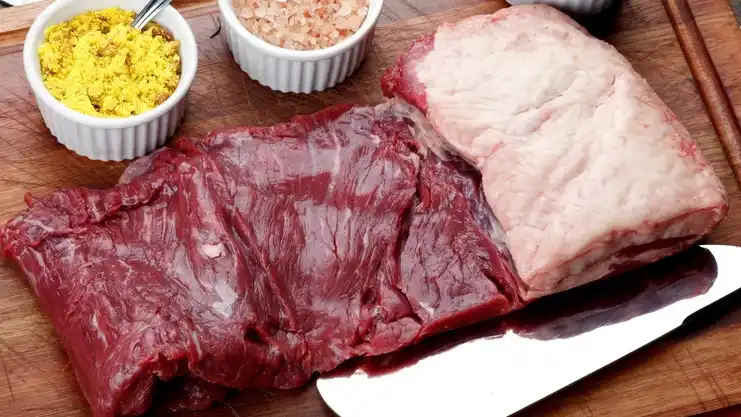
Now let’s look at the other side of the sirloin, which many steak enthusiasts consider a superior choice. The top sirloin, situated on the upper section of the sirloin butt, is typically offered as a tender, boneless steak. Although it may not reach the tenderness of some higher-priced cuts, it’s perfectly manageable and can remain succulent with careful cooking techniques.
What truly stands out is the robust flavor of top sirloin, often nicely marbled. It is relatively lean, too, making it a slightly healthier option compared to its competitors. However, its outstanding feature is its cost-effectiveness. While you won’t have to spend nearly as much as you would for a premium ribeye or T-bone, you’ll still enjoy a markedly better steak experience than cheaper alternatives like round or bottom sirloin. Additionally, top sirloin’s versatility makes it suitable for a variety of dishes, from Stroganoff or kebabs to steaks. If you’re aiming to cook amazing dishes without breaking the bank, this is one of the best choices available.
T-Bone Steak
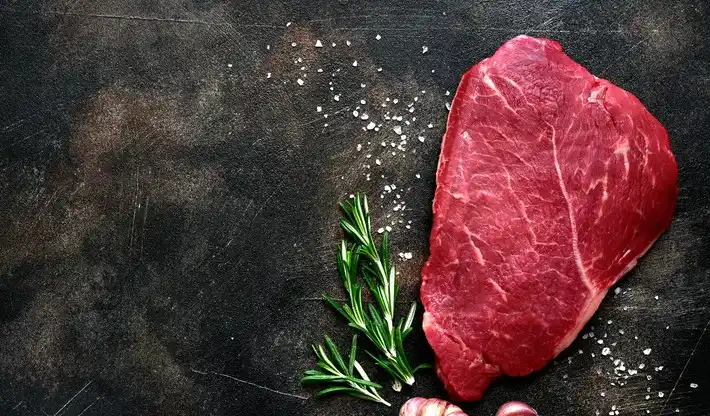
A T-bone steak is a delectable cut sourced from the short loin of a steer, merging both a strip of top loin (or strip steak) and a substantial piece of tenderloin. It brilliantly combines the robust texture and flavor of these two premium cuts into one sizable piece of beef. The strip steak is prized for its rich flavor, while the tenderloin is renowned for its tender, buttery texture. By opting for a T-bone, you’re giving yourself the delight of enjoying both flavors in a single steak. A charming feature of T-bone steaks is their iconic presence in cartoons, creating a tantalizing visual appeal for anyone who appreciates a gloriously drawn piece of meat.
However, there are a couple of downsides to T-bone steaks. Firstly, they tend to be quite pricey, due to the coveted cuts they incorporate and their popularity in high-end dining establishments. Secondly, they fall short in versatility when compared to tenderloin, which can be prepared in a variety of ways. Nonetheless, these issues are minor. For those yearning for an authentic piece of steak — one that truly satisfies the cravings of a meat enthusiast — a T-bone is hard to beat.
Flat Iron Steak
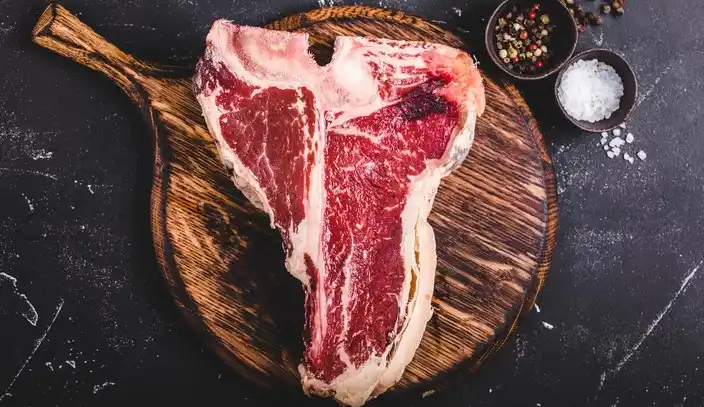
Also referred to as a butler’s steak or boneless top chuck steak, the flat iron steak is a relatively modern development in butchery. As per Kansas City Steaks, this cut originates from the shoulder or “top blade” section of a cow. It boasts a rich flavor with juicy marbling and is remarkably tender. However, it was once seen as unusable due to a difficult sinew commonly running through that part of the animal.
Research from Omaha Steaks indicates that scientists at the University of Nebraska and the University of Florida explored how best to utilize this piece of meat scientifically. They concluded that by cutting away the meat on either side of the tough sinew, one could achieve a highly flavorful and modestly priced cut, perfect for grilling, broiling, or pan-frying.
Many chefs believe that flat iron steaks deliver a comparable flavor and texture to pricier cuts like filet mignon. Generally smaller in size, flat iron steaks might not suit a large Sunday roast but are perfect for an inexpensive weeknight meal. They’re versatile, offering mouthwatering flesh when grilled or seared in a cast iron skillet, and can be cut thinly for a delicious stir-fry or fajita. Due to their marbled nature, most experts suggest cooking flat iron steaks to medium-rare and seasoning generously with coarse sea salt and fresh black pepper.
























































































































































































































































































































































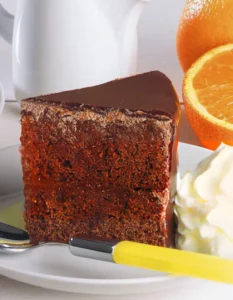
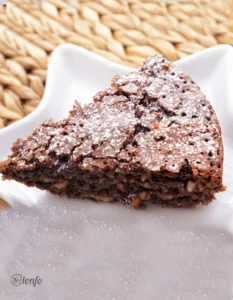




































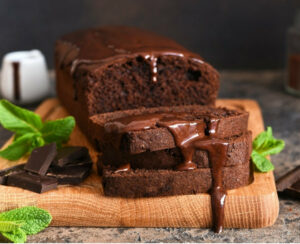





























































































1 thought on “What Is Picanha Steak And What Are The 8 Best Ways To Cook It?”